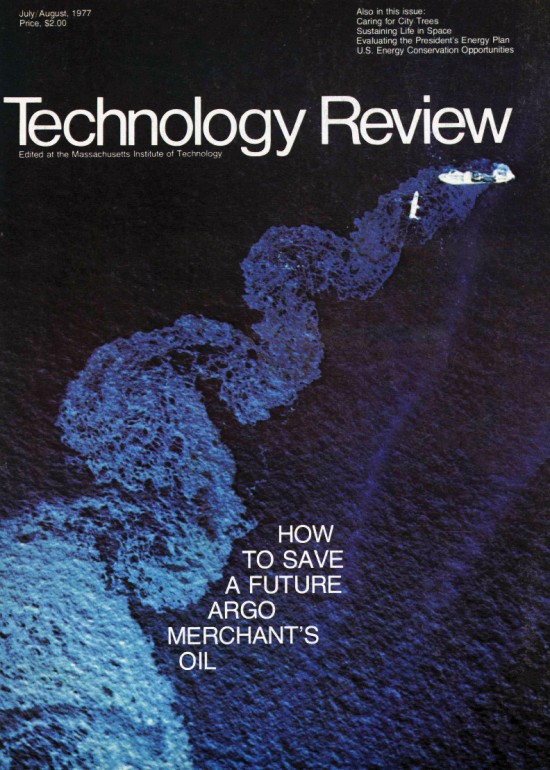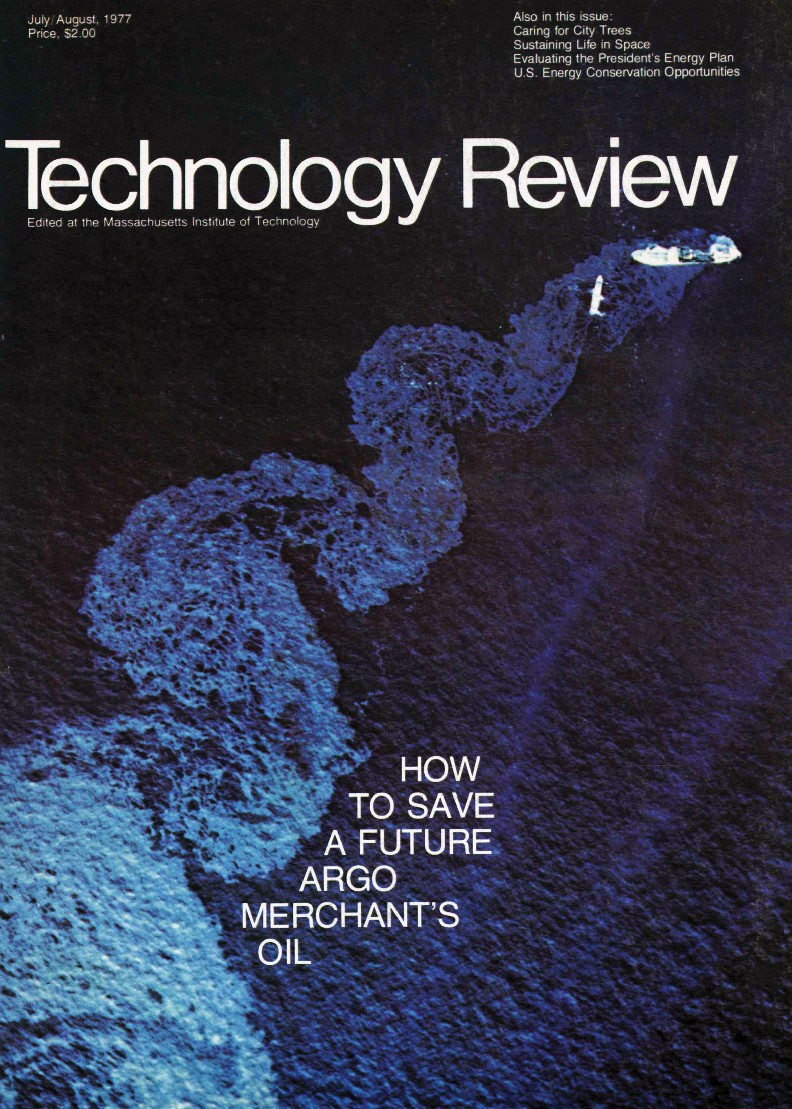Sustainable Energy
The Inevitable EV
Four decades ago, the electric car looked set to be an acceptable commuting vehicle within a few years.



“The electric car seems inevitable. As oil resources dwindle, it will appear far more prudent to develop an automobile powered by electricity, charged by an already-in-place power generation system, than to invest in huge plants to produce synthetic gasoline. Electric automobiles would snuggle nicely into a large, unexploited niche in the electric economy by recharging at night when electric demand is low and power plant capacity idle.
But as yet electric cars have proven abysmal technical failures. For example, in its 1975 tests of two electric cars on the market, Consumer Reports magazine found ‘major safety and operating problems.’ The cars performed poorly, not even living up to their modestly advertised abilities. They accelerated sluggishly, balked at hills, and petered out at inopportune times. The magazine declared that ‘it would be foolhardy to drive either car on any public road.’ The electric cars now on the market have a range of only about 30 miles at 50 miles per hour, with 0-to-30 acceleration times of about 12 seconds. What’s more, the cars were not significantly cheaper to run than comparable gasoline-powered subcompacts.
Two test electric vehicles recently commissioned by the Energy Research and Development Administration could mark some resurgence for the electric car. The two electric car versions are being built for E.R.D.A. by General Electric Co. and AiResearch Manufacturing Co.
Both vehicles will possess about the same range and performance characteristics—70 miles between charges, 60-mile-an-hour speeds, and 0-to-30 m.p.h. in about eight seconds. They will also both be about the size and weight of a conventional subcompact, and will operate for about the same costs as a conventional car.
Officials at E.R.D.A. expect the two cars’ performance to help the electric car become an acceptable commuting vehicle in a few years, even using today’s relatively low-efficiency lead-acid batteries. The high-energy batteries expected in about a decade should improve performance even further.
Even the E.R.D.A. electric cars must overcome many safety and operating obstacles, however. For example, Consumer Reports cited the hazards of sulfuric acid spilling from ruptured batteries in the event of an accident. And the magazine’s engineers discovered that during cold weather battery performance plummeted, rendering the electric cars they tested practically useless.”
Excerpted from “Zapmobile,” in the July/August 1977 issue of Technology Review.